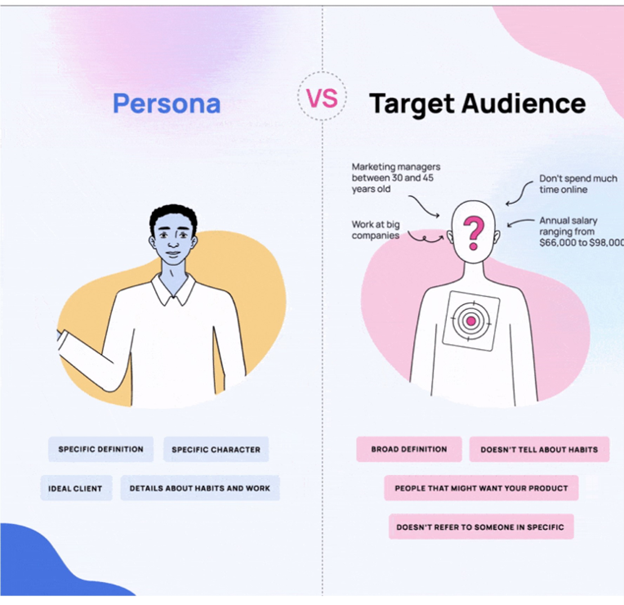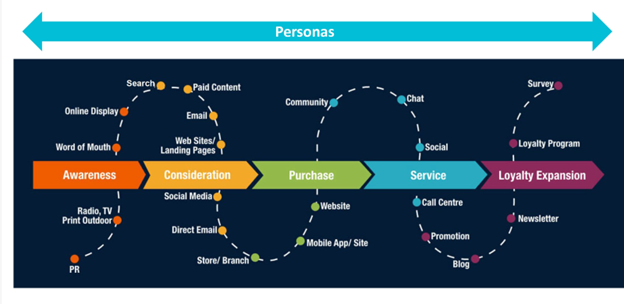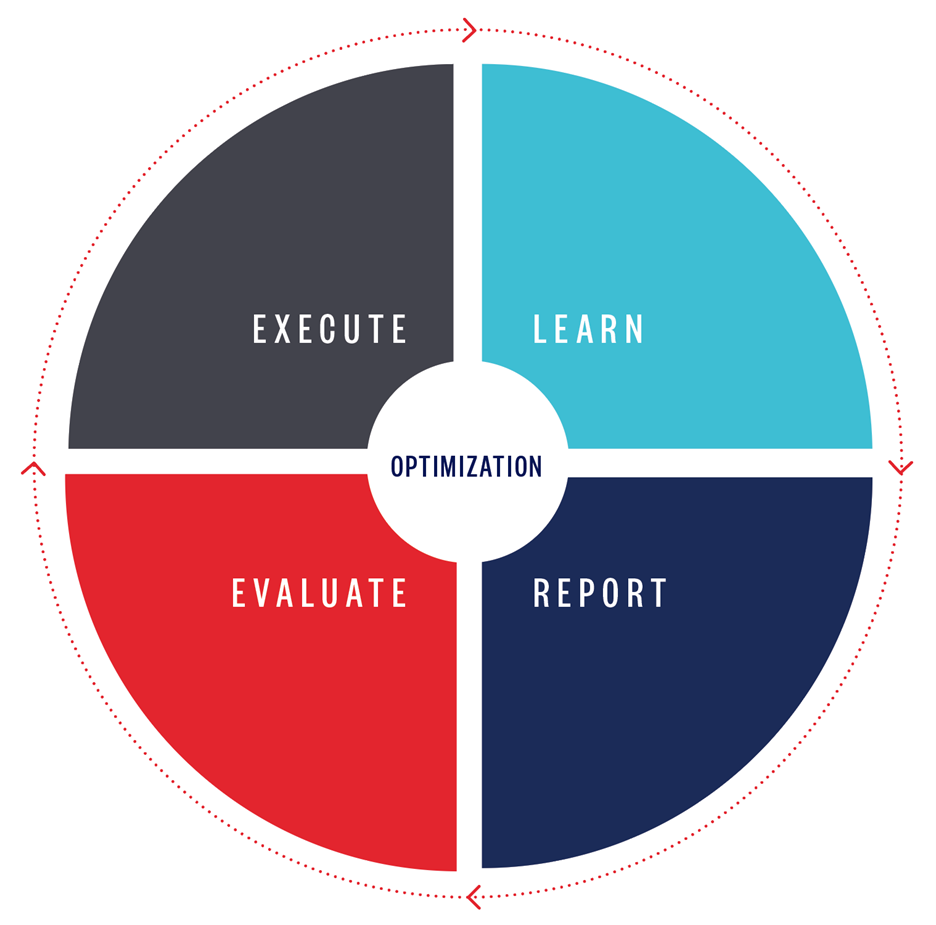
Welcome to the dynamic world of marketing campaign planning! Let’s explore the crucial elements that turn a good campaign into a great one. From setting SMART goals to effective post-campaign evaluation, we cover the key strategies needed to engage your audience and drive meaningful business results. Whether you’re a seasoned marketer or new to the field, this guide provides valuable insights to navigate the complexities of modern marketing and succeed in your campaigns. Let’s dive in and unlock the potential of your marketing efforts!
-
Setting SMART goals
Planning a marketing campaign begins with establishing clear, measurable goals. Whether it’s increasing brand awareness, generating leads, boosting sales or improving customer engagement, these objectives must be Specific, Measurable, Achievable, Relevant and Time-bound (SMART). Regular reviews and adjustments are necessary to keep pace with changing market conditions. Breaking down larger goals into smaller, manageable tasks helps maintain momentum. It’s also important to involve your team in this process, ensuring everyone is aligned and committed. Visual representations like charts or graphs can be a powerful tool to keep your team motivated and on track.

-
Identifying your target audience
The foundation of any successful marketing campaign is understanding who you are talking to. This involves defining the demographic, psychographic and geographic characteristics of your intended audience. Knowing their needs, preferences and behaviors is crucial for crafting effective messaging. Developing detailed personas for each audience segment can significantly enhance the effectiveness of your campaign.
-
Sales promotions and strong CTAs
Working closely with clients to identify compelling incentives is a key aspect of driving audience action. In the absence of promotional offers, a strong call to action (CTA) is essential. Avoid generic CTAs like “Learn More” and opt for something more engaging and specific.

-
Customer journey and sales funnel integration
Creating a seamless customer journey across all touchpoints is vital for the success of any marketing campaign. To start, map out the customer journey, visualizing each step a customer takes from discovering your product or service to becoming a loyal advocate. Documenting the customer journey and collecting data helps identify opportunities for optimization, personalization and efficiency gains, potentially leveraging AI.
In the early stages, focus on creating awareness with broad-reaching content. As customers progress, provide detailed information to influence their decision making. Simplify the purchasing process to facilitate the action stage, and post purchase, engage customers to transform them into brand advocates, possibly through loyalty programs or feedback requests.
Budget constraints mean prioritizing channels with the best return on investment. Use analytics tools to understand customer behaviors and preferences, guiding your resource allocation.
Regularly reviewing this data is crucial. It helps identify opportunities for optimization and personalization. For instance, a high drop-off rate at a specific funnel stage might indicate the need for clearer calls to action or additional information.
-
Channel selection and KPIs
Choosing the right mix of digital and traditional media channels is crucial. Multi-channel strategies increase reach and reinforce the message. Establishing key performance indicators (KPIs) like website traffic, social media engagement and brand mentions helps in tracking and analyzing campaign performance. It’s important to involve analysts early in the planning process to ensure a comprehensive understanding of the campaign journey and CTAs.
-
Campaign creative and messaging
Developing a creative concept that resonates with your target audience is a collaborative effort between creative and media teams. Crafting a compelling, clear message that aligns with the brand voice and addresses the audience’s needs is essential. The role of design in campaigns cannot be overstated; it should be visually appealing and consistent across channels, reinforcing the campaign message and enhancing brand recognition.
-
Content creation and execution
Creating relevant content for each platform is vital. Understanding how content consumption varies across platforms, like TikTok versus Facebook, is crucial. This stage requires detailed planning for the campaign’s rollout across different channels and platforms.

-
Monitoring and optimization
Marketing campaigns require constant monitoring and responsiveness to data. Techniques like A/B testing help optimize campaign elements. Being aware of market trends and ready to pivot your strategy is crucial to maintain campaign effectiveness. Allocating budget for optimization and preparing additional creative assets early in the process are prudent strategies.
-
Post-campaign evaluation
Finally, analyzing the overall effectiveness of the campaign post-conclusion provides valuable insights. Understanding what worked and what didn’t is key for future planning. This involves a thorough review of the campaign’s performance against the initial goals and KPIs.
Additional tips:
- Leverage data-driven insights: Utilize data analytics to understand customer behaviors and preferences for more targeted and effective campaigns.
- Embrace flexibility: Be ready to adapt your strategy based on campaign performance and changing market dynamics.
- Focus on customer experience: Ensure every interaction in the customer journey is optimized for a positive and memorable experience.
- Utilize storytelling: Engage your audience with compelling stories that resonate with their values and aspirations.
- Test and learn: Use A/B testing to refine your campaign elements based on real-time feedback and results.
- Prioritize quality content: Invest in high-quality, relevant content to engage and retain your audience effectively.
- Monitor competitor activities: Keep an eye on competitors to gain insights, identify industry trends and differentiate your campaigns.
In summary, effective marketing campaign planning is a multifaceted and dynamic process. It requires a deep understanding of your audience, creative and strategic thinking, careful selection and use of channels, continuous monitoring, and a willingness to adapt and optimize. By following these guidelines, businesses can create impactful and successful marketing campaigns that resonate with their target audience and achieve desired outcomes.
If you’re looking to elevate your marketing campaign strategy and achieve remarkable results, don’t hesitate to reach out. Contact us today to discuss how we can help bring your marketing visions to life and drive your business toward success. Our team of experts is ready to collaborate with you, offering tailored solutions that meet your unique needs.
Let’s create something extraordinary together!

Kimberly Wold Janke
An expert at planning and executing successful integrated marketing communications campaigns, Kimberly has worked in the marketing and advertising industry for more than 20 years. She uses this marketing and advertising experience and her passion for results-driven communication to lead Flint Group marketing teams and educate and inspire at conferences and events. She is well-known among the industry for her work with Blue Cross Blue Shield of North Dakota (BCBSND), including the Bolder Shade of Blue campaign that helped lead BCBSND out of crisis and repair its brand reputation. Her work on this campaign helped earn Flint Group and BCBSND the 2014 Public Relations Society of America (PRSA) Silver Anvil Award.
